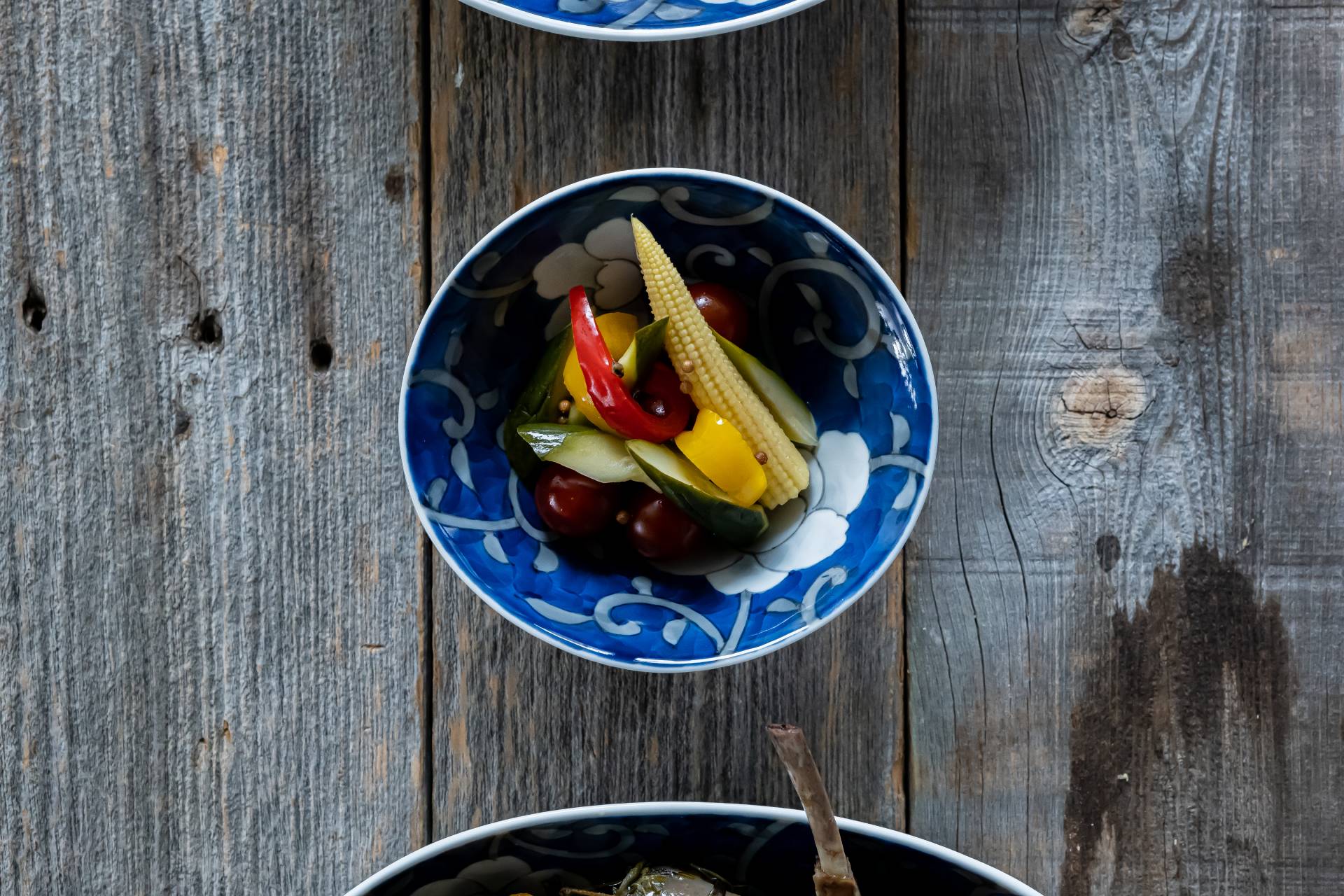
How to Care Japanese Ceramic
Caring for Japanese ceramics, such as porcelain and pottery, involves specific techniques to preserve their beauty and longevity. Here are some general guidelines, drawn from various sources, to help you maintain your Japanese tableware:
Understanding the Materials
- Porcelain: Made from kaolin and other materials, porcelain is delicate and prone to chipping. It requires gentle cleaning and careful handling.
- Pottery (Earthenware): Made from clay and fired at a lower temperature than porcelain. It's more brittle, can absorb water, and requires more attentive care.
Cleaning Techniques
- Porcelain and Ceramic: Wash with warm water and mild soap. Use gentle movements and avoid abrasive sponges or brushes. For porcelain, avoid metal utensils to prevent scratches.
- Wood and Bamboo: Wipe with a damp cloth and dry immediately. For stubborn stains, a mixture of vinegar and water can be used. Do not soak wooden or bamboo tableware as it can cause warping or cracking.
- Glass Tableware: Can be washed in a dishwasher or by hand with warm water and mild soap. Avoid abrasive cleaners that can scratch the surface.
Maintaining Tableware
- Proper Storage: Store tableware properly to prevent chipping and scratching. Use soft materials like cloth or paper for cushioning, and avoid stacking them too high.
- Avoiding Extreme Temperatures: Sudden changes in temperature can damage Japanese tableware. Avoid placing hot dishes directly into cold water.
- Deep Cleaning: Use specialized cleaning agents for deep cleaning, especially for porcelain, to remove stubborn stains without damaging the surface.
- Professional Restoration: Seek professional help for restoring damaged tableware.
Special Considerations for Pottery
- Initial Treatment: After purchasing, smooth any roughness on the bottom with fine sandpaper. Boil the pottery in water for about 30 minutes to strengthen the clay.
- Pre-Use Soaking: Soak in water for about 30 seconds before use, especially for soft earthenware, to prevent grease from entering the clay.
- Microwave Usage: Be cautious with highly absorbent ceramics or those with overglaze enamels in microwaves. Porcelain is generally safe for microwave use.
- Handling Stains and Odors: If stains or odors develop, soaking in baking soda water can be effective. Avoid using bleach as it may corrode the tableware.
Additional Tips
- Dishwasher Use: Though dishwashers can be used, hand washing is recommended for items with gold or silver, which may peel off over time. Ensure thorough drying before storage.
- Vases and Ornaments: For decorative items, use gentle cleaning methods and avoid using them as functional tableware. Gold and silver ornaments should be wiped with a soft cloth.
Remember, caring for Japanese ceramics requires a bit more attention and effort, but this helps to preserve their beauty and extend their lifespan. Each type of material may have its specific needs, so always consider the specific type of ceramic you are dealing with.
